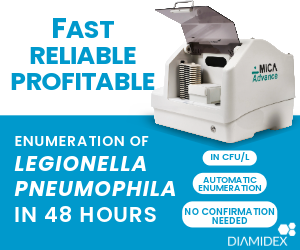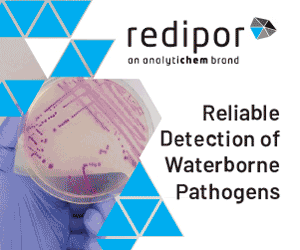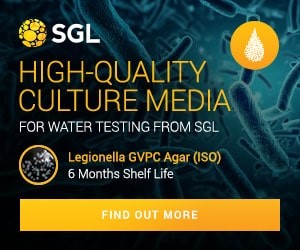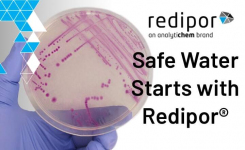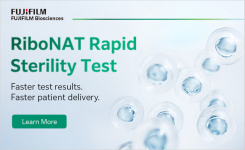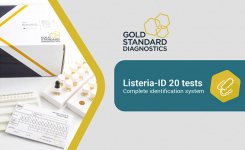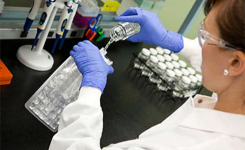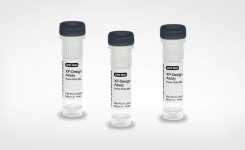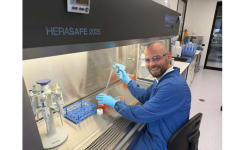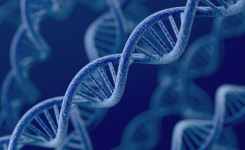Borrelia burgdorferi is a species of Gram-negative bacteria and is also the cause of Lyme disease. Lyme disease is a zoonotic, vector-borne disease transmitted through the bite of infected ticks. The blacklegged tick spreads the disease in the northeastern, mid-Atlantic, and north-central United States, and the western blacklegged tick spreads the disease on the Pacific Coast.To help identify this microbial pathogen from environmental samples, EMSL Analytical offers testing via Quantitative Polymerase Chain Reaction (qPCR). This is a cutting edge molecular technology that analyzes for the genetic material known as deoxyribonucleic acid (DNA). DNA is found in every cell and EMSL Analytical Laboratories has harnessed this powerful molecular testing technique to identify a host of microbial contaminants and pathogens, including Borrelia burgdorferi. "Only infected ticks carry the disease causing organism," reported Joe Frasca, Senior Vice President, Marketing at EMSL Analytical, Inc. "Environmental testing for Borrelia burgdorferi can identify this microbial pathogen to locate areas where the organism is present and active. The qPCR analysis of Borrelia burgdorferi rapidly detects the presence of small quantities of the bacteria whether they are alive, dead or cannot be cultured. This technique is exceptionally fast, accurate, and sensitive."
EMSL has sponsored an educational video about Lyme disease and Borrelia burgdorferi that can be seen at: www.you.tube.com.


